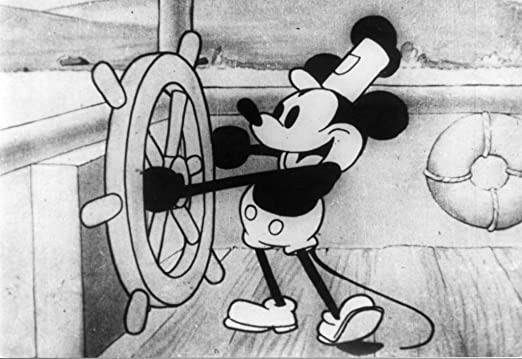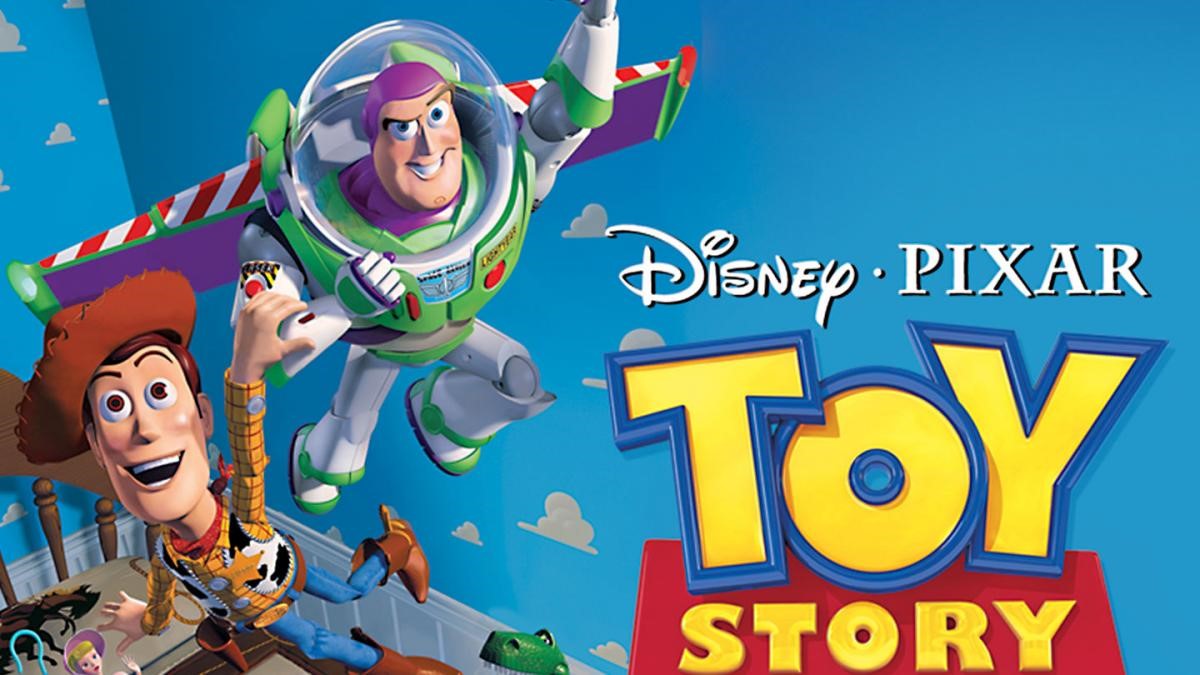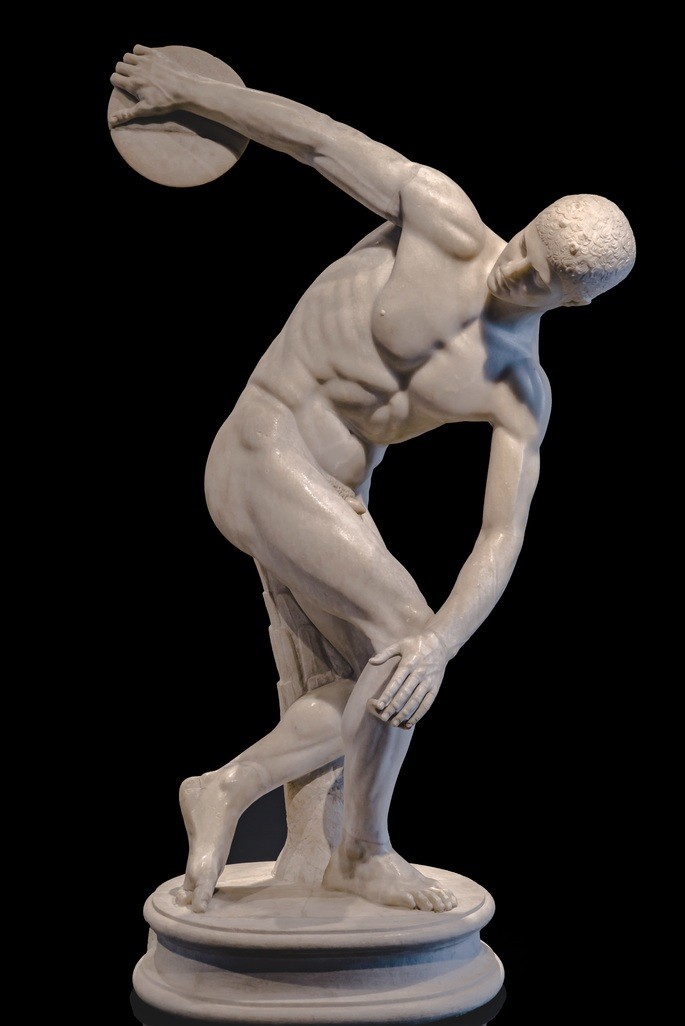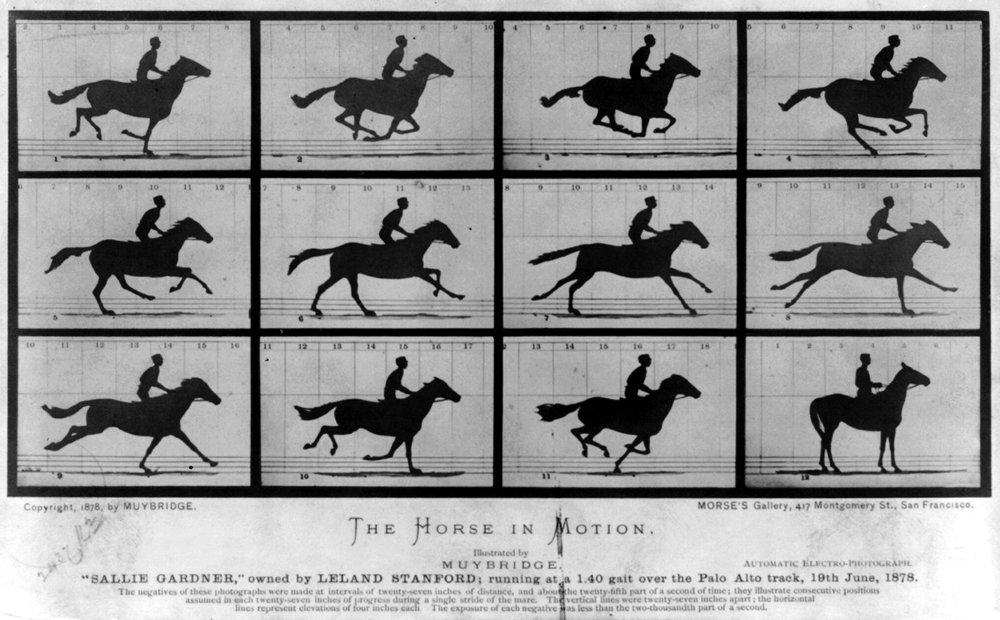Content begins here
Main page content
Click to collapse
Animation as a gadget
In this lesson we will see how animation plays an important role in the history of audiovisual creation in humanity. We will also understand where it comes from and its physical explanation, understanding that its creation requires time and understanding of both movement and the physics that it entails, in addition to the capture of light made by the eyes.
Objectives:
- Understand the importance of animation for humanity from the creative and physical ambits.
- Understand the physical effect that light has to generate movement in our human eyes.
- Identify ancient and modern animations to be able to distinguish them in their narrative and physical processes.
Through the knowledge we have acquired:
How has animation helped different creative processes through audiovisual history?
Animation has led us to realize a world that only occurs in the minds of creators, as Walt Disney said: "if it can be imagined it can be drawn, and if it can be drawn it can be animated". The creations that take us away from reality lead us to understand that we are not only limited by the objects and people around us, but by everything we have perceived and imagined. In addition, animation is assistant documentary, narrative and children's processes through history.
What is the physical effect that our eyes have in creating movement?
The physical effect that helps us perceive animation is the phi effect, which through the time that elapses between image and image makes our brain understand that there are not really many images but only one that has movement, and this way we can re-do it to create animations.
What animations are considered old or classic? How are they different from animations known to students?
Classic animations are frame by frame animations that take advantage of the gadget of the eyes to recreate these colorful characters that we found before. Animations had varied and can reflect a more serious, more adult and closer reality for all audiences.
Examples:
1. Muybridge horse (link to the video) . The first discover of the phi effect.
2. Steamboat willie (link to the video), Disney. First animation that sincronizes audio and video.

3.Toy Story (link to the video) , Disney. First 3d generated animation.

4.Discobolus. Mirón de Eléuteras. Anciente esculture that shows more than one movement and the same time.

Conclusions
The eagerness to show movement has been a continuous event in the history of humanity, in this way humans discovered a way in which a physical effect can be used to represent it. Over time, new techniques and new narratives have been discovered to animate.
Video and PDF presentationClick to collapse
The following video explains the content of this lesson and shows some examples:
Video T1.L1. Animation as a gadget
Here you have the content of the video in pdf in case you need to use it in your classroom:
Lesson contents in PDFClick to collapse
Here you have the contents of the lesson in PDF:


